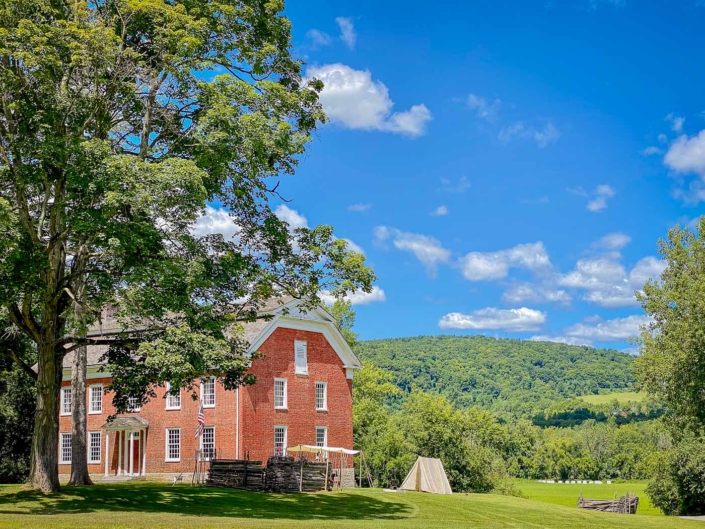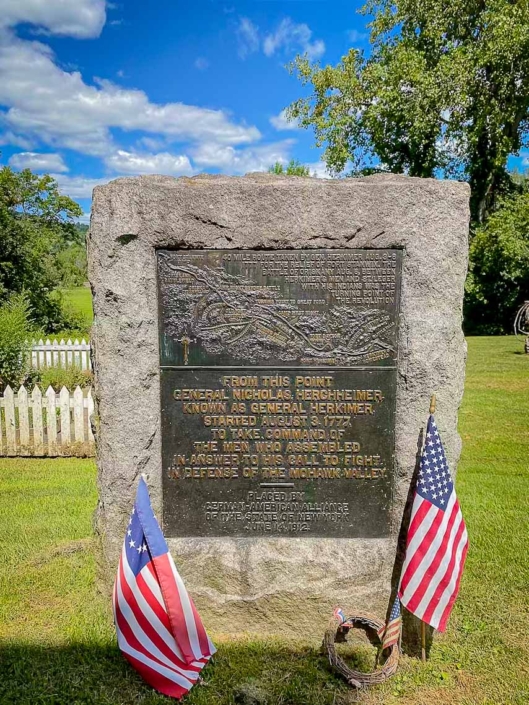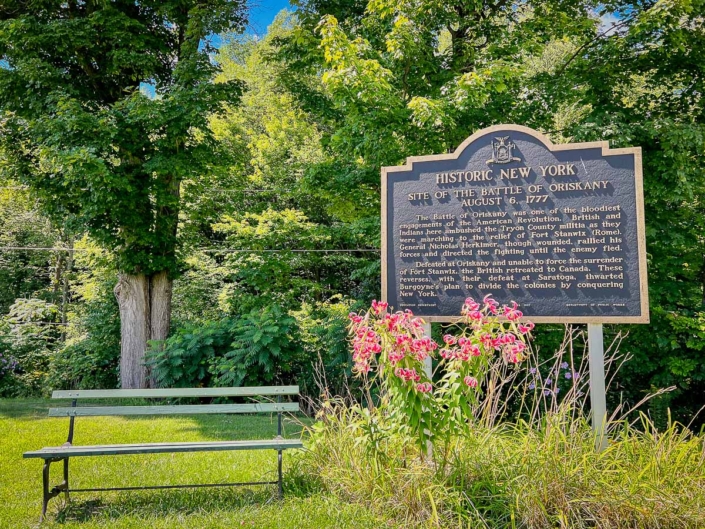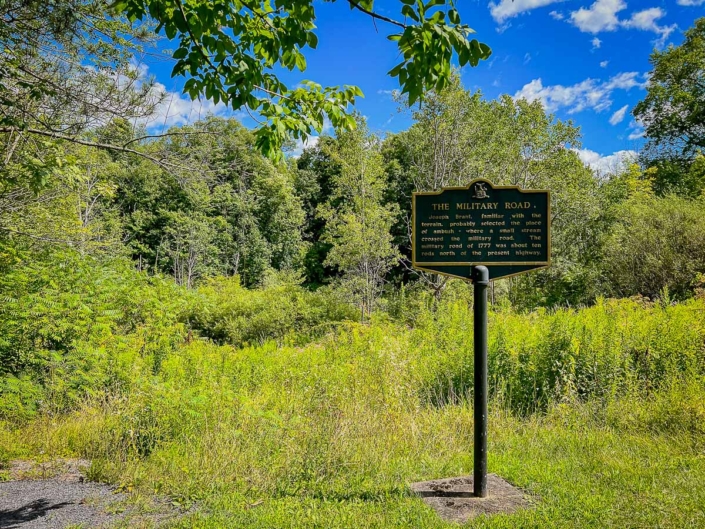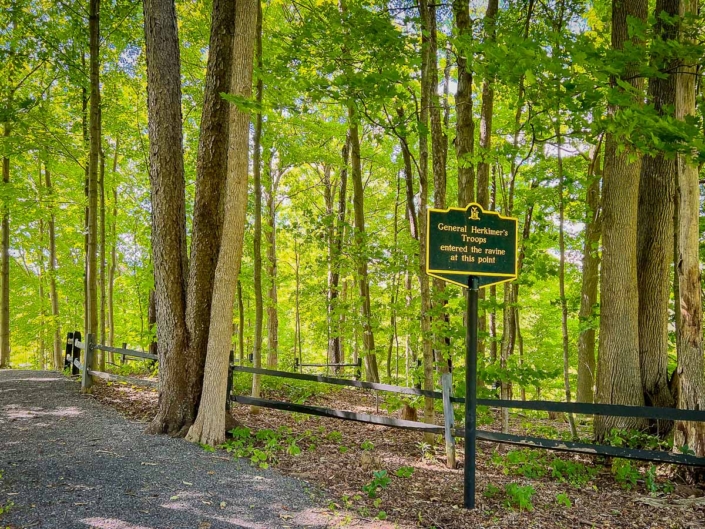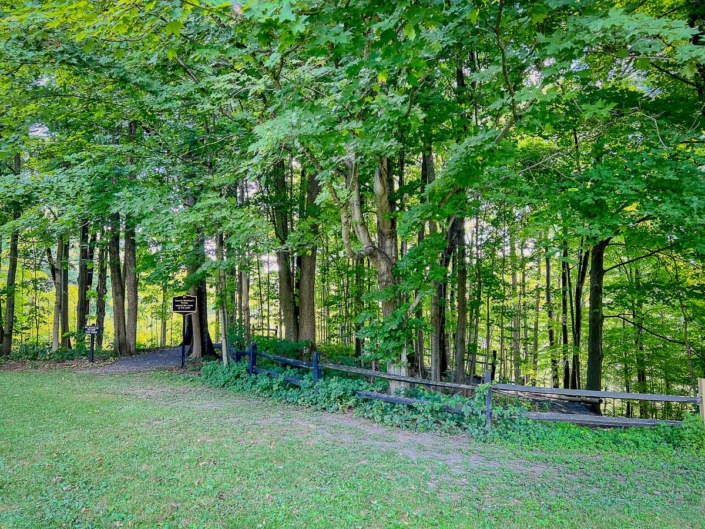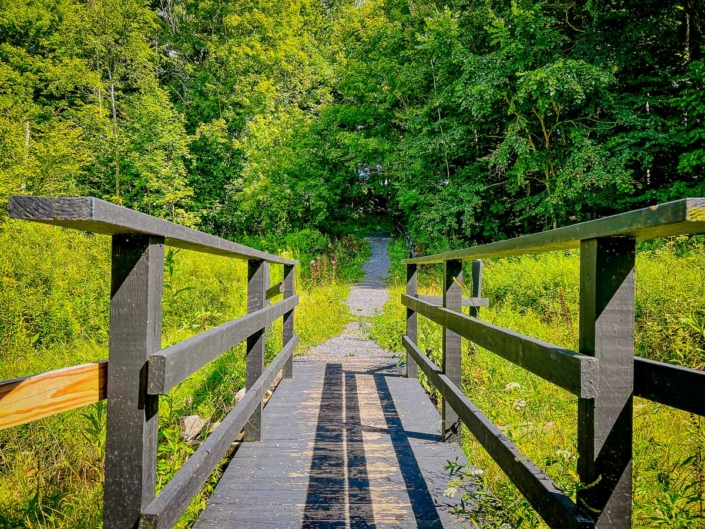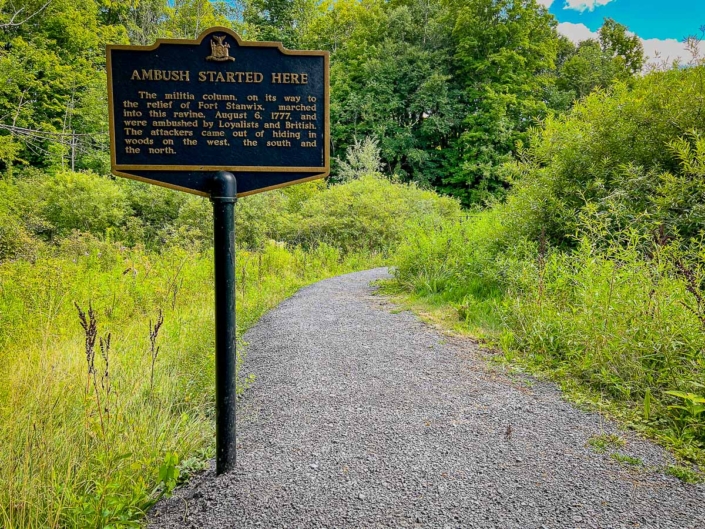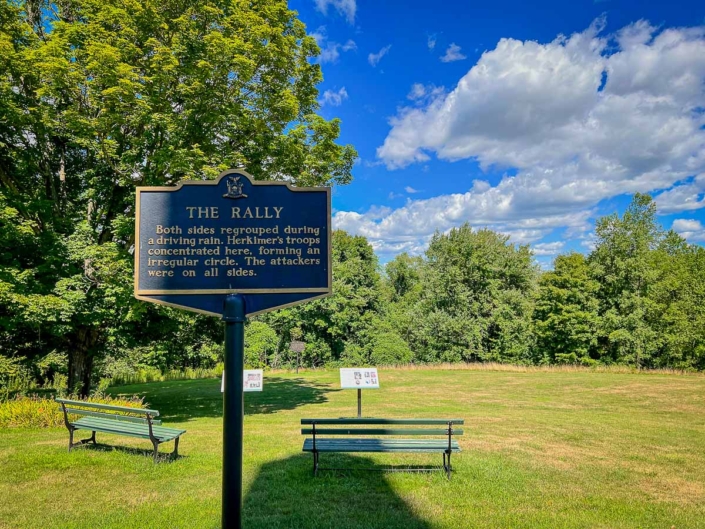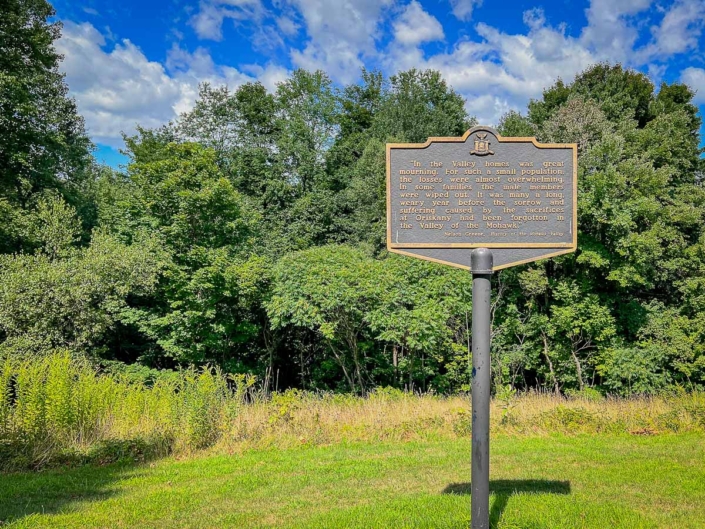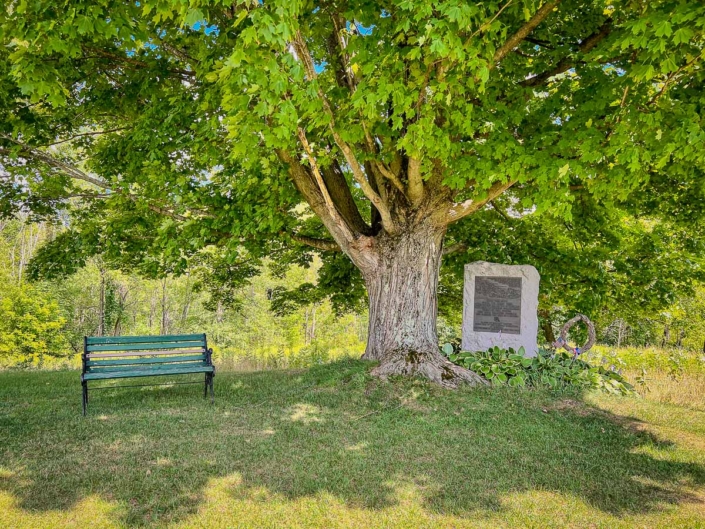Visually Rich Lecture on Photographer Elliott Erwitt at Fenimore Art Museum
The lecture is led by Steven Hoelscher, Stiles Professor of American Studies and Geography, Faculty Curator of Photography at the Harry Ransom Center, and Associate Dean of Academic Affairs in the College of Liberal Arts at the University of Texas at Austin.
Elliott Erwitt (American, Born 1928); USA, New York City, 1974; Gelatin Silver Print.
LECTURE:
Cold Wars and Hot Assignments: Traveling with Photographer Elliott Erwitt
Saturday, November 5 • 4:00–5:30pm • Free to the public with a suggested donation of $10 per person • Registration required
Cooperstown, New York – Fenimore Art Museum presents a visually rich lecture that follows the travels of photographer Elliott Erwitt, as he crafted his art of observation during his formative years as a photojournalist. Join Steven Hoelscher (Stiles Professor of American Studies and Geography, Faculty Curator of Photography at the Harry Ransom Center, and Associate Dean of Academic Affairs in the College of Liberal Arts at the University of Texas at Austin) on Saturday, November 5 at 4:00 p.m. for his lecture Cold Wars and Hot Assignments: Traveling with Photographer Elliott Erwitt. The talk highlights some of Erwitt’s iconic photographs and also digs deeper into his photographic archive to unearth his unique approach to picture making. The lecture is featured in conjunction with Fenimore Art Museum’s current exhibit, The Art of Observation: The Best of Photographer Elliott Erwitt, on view through December 31, 2022. The exhibition features 93 framed gelatin silver print photographs hand selected by Erwitt himself.
This lecture, held in the auditorium at Fenimore Art Museum, is offered free to the public with a suggested donation of $10 per person. Registration is required. Register at Eventbrite.com or find a link at FenimoreArt.org. When registering, please include the total number of people you expect to join you for the lecture.
About Steven Hoelscher:
Steven Hoelscher is Stiles Professor of American Studies and Geography, Faculty Curator of Photography at the Harry Ransom Center, and Associate Dean of Academic Affairs in the College of Liberal Arts at the University of Texas at Austin. The author of more than 50 journal articles and essays, his books include Reading Magnum (recognized as 2013 Photo Book of the Year by American Photo Magazine), Picturing Indians (winner of the 2009 Wisconsin Historical Society Book Award of Merit), Heritage on Stage, and Textures of Place.
About Elliott Erwitt:
Born in 1928, Elliott Erwitt has been a documentarian for more than six decades, longer than any other American photographer. Starting in his twenties, his classic image of a mother and child on a bed was featured in the famous Family of Man exhibition in 1955. At the time this was considered the greatest photographic exhibition of all time with 503 pictures exhibited at the Museum of Modern Art and curated by Edward Steichen. Erwitt has lived all over the world, speaks three languages, has photographed countless celebrities from Grace Kelly to Clark Gable as well as seven presidents. He has won every award his profession can offer, is a past president of Magnum…the finest photo agency in the world…and recently was honored with a one-man exhibition by the International Center of Photography for his lifetime contribution to the medium.”
About Fenimore Art Museum
Fenimore Art Museum, located on the shores of Otsego Lake—James Fenimore Cooper’s “Glimmerglass”—in historic Cooperstown, New York, features a wide-ranging collection of American art including folk art; important American 18th- and 19th-century landscape, genre, and portrait paintings; more than 125,000 historic photographs representing the technical developments made in photography and providing extensive visual documentation of the region’s unique history; and the renowned Eugene and Clare Thaw Collection of American Indian Art comprised of nearly 900 art objects representative of a broad geographic range of North American Indian cultures, from the Northwest Coast, Eastern Woodlands, Plains, Southwest, Great Lakes, and Prairie regions. Visit FenimoreArt.org.







